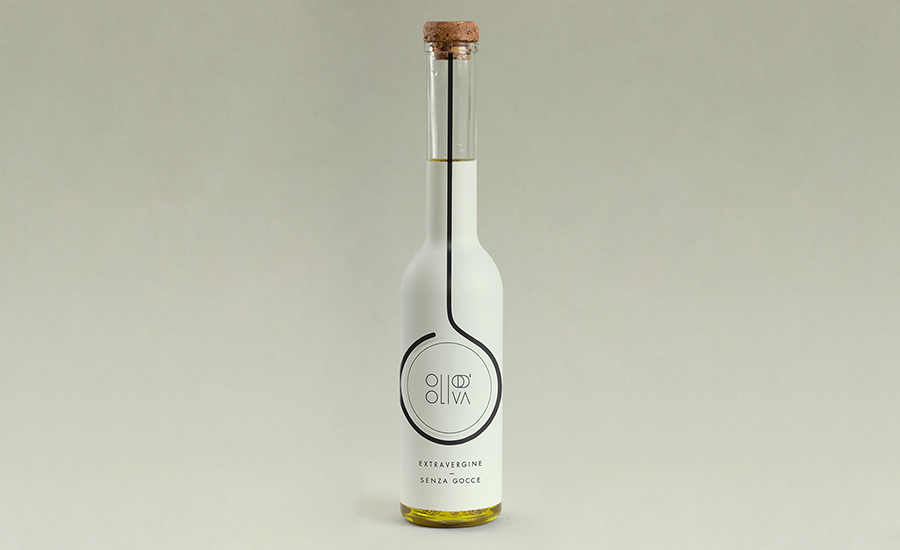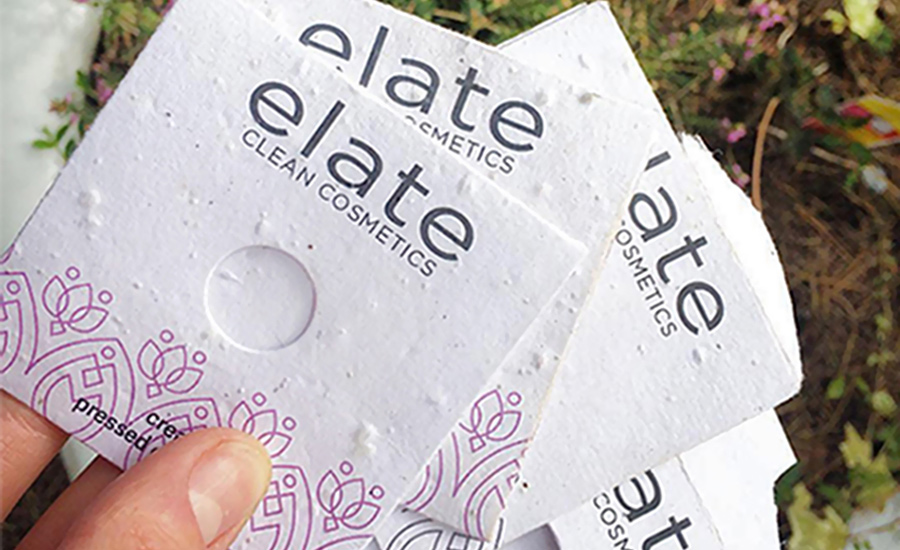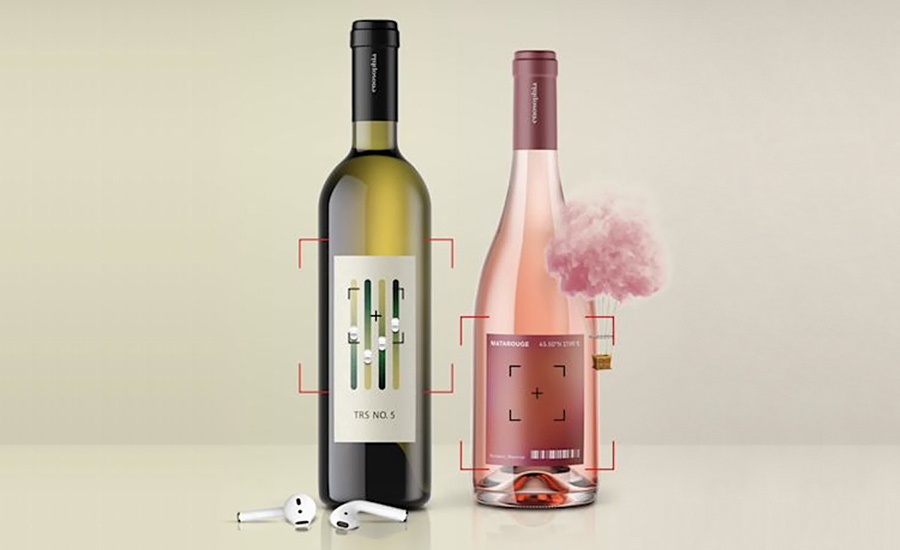Part art, part science, great packaging has traditionally toed the line between functional branding must-have and unforgettable experience maker. In today’s oversaturated marketplace, thoughtful packaging is a trick up the sleeve for brands looking to cultivate a unique sense of connection with customers and make an impact, whether online or on store shelves.
We recently polled the global community of creatives who work with small businesses everyday through VistaPrint’s design services to share their thoughts on the evolution of packaging design in 2024. Hyper contrasted colors clashing with purpose, saturated pastels delivering a pop of vibrancy, and throwbacks to the charm of the 1950s all stood out, but one trend that topped the list is interactivity. In other words, packaging design that delivers a layer of meaningful experience alongside a product’s functionality.
For brands looking to craft memorable experiences for their customers, interactive packaging is a key strategy that businesses of all sizes can employ to drive deeper connections. Here are some formats that might make sense to apply to your own packaging design in 2024.
Physical Interactivity
Engagement through design is exemplified by physical interaction. Packaging that transforms into interactive experiences, such as games, can elevate the consumer experience. Similarly, packaging that serves an extended functional purpose of the product heightens brand engagement, often in a consumer’s own home.
Some noteworthy examples include a cereal box that unfolds into a board game or a wine bottle label that doubles as a puzzle, gradually revealing a message through rearranged pieces. Even a seemingly simple product, like an olive oil bottle, can integrate a cheap anti-drip system into its packaging, enhancing consumer engagement.

Even a seemingly simple product, like an olive oil bottle, can integrate a cheap anti-drip system into its packaging, enhancing consumer engagement. Credit: Alessia Sistori on Behance
Sensory Engagement
Another approach to interactive packaging involves appealing to the senses. Incorporating sensory experience into packaging can capture consumers’ attention in unexpected ways and make a memorable impact.
Scratch-and-sniff labels, materials that change texture with heat, or complementary audio elements that play upon opening create a multi-sensory experience that elevate the product experience. These sensory elements, whether individually or in combination, add an unexpected, experiential layer for the consumer. In an era where consumers are often overwhelmed by choices, brands that go beyond the visual and engage multiple senses are sure to be remembered.

Some materials can be planted to grow flowers or herbs, involving consumers in eco-friendly practices. Cosmetic brands, in particular, have embraced this kind of dual-purposed design. Courtesy of Botanical Paperworks
Sustainability and Interactive Packaging
In an era of environmental consciousness, brands are embracing innovating packaging to serve a dual purpose. Some materials can be planted to grow flowers or herbs, involving consumers in eco-friendly practices. Cosmetic brands, in particular, have embraced this kind of dual-purposed design.
Additionally, materials that change color to indicate freshness help reduce waste and foster mindfulness of environmental impact. By incorporating these materials into packaging design, not only can brands demonstrate that they care about the same causes as their customers, but also create a lasting impact by utilizing the packaging for good.

Whether it be a wine bottle accompanied by a digital code for music to set the scene or a skincare product immersing customers in an online art show, integrating QR codes into design can transform a traditional product encounter into a dynamic and engaging brand experience. Courtesy of World Brand Design
Augmented Packaging
Augmented packaging takes interactive packaging a step further, bridging the physical and digital experiences to invite multisensory engagement. Whether a QR code takes the user to a unique discount code or displays a personalized message, the incorporation of the digital into the physical packaging experience serves to immerse customers into the brand universe and forge an intimate connection.
Augmented packaging can be easily integrated into almost any product’s packaging. Whether it be a wine bottle accompanied by a digital code for music to set the scene or a skincare product immersing customers in an online art show, integrating QR codes into design can transform a traditional product encounter into a dynamic and engaging brand experience. This not only captures consumer attention but also fosters a deeper connection by immersing individuals in an interactive narrative that goes beyond the physical confines of the product, creating a new bar for brand engagement in the digital age.
In 2024, packaging will transcend its traditional role as a functional necessity, further evolving into a powerful instrument for brand storytelling and engagement. Technological innovations have ushered in a new era of packaging design, empowering brands to redefine consumer interactions. Brands will increasingly opt for curated experiences that resonate long after the initial purchase.
Interactive packaging represents more than a passing trend; it marks a significant moment in the ongoing transformation of the relationship between brands and consumers in the modern world. For small businesses, packaging is an avenue to deepen brand connections, engage consumers creatively, and make an impact amidst a crowded marketplace.

